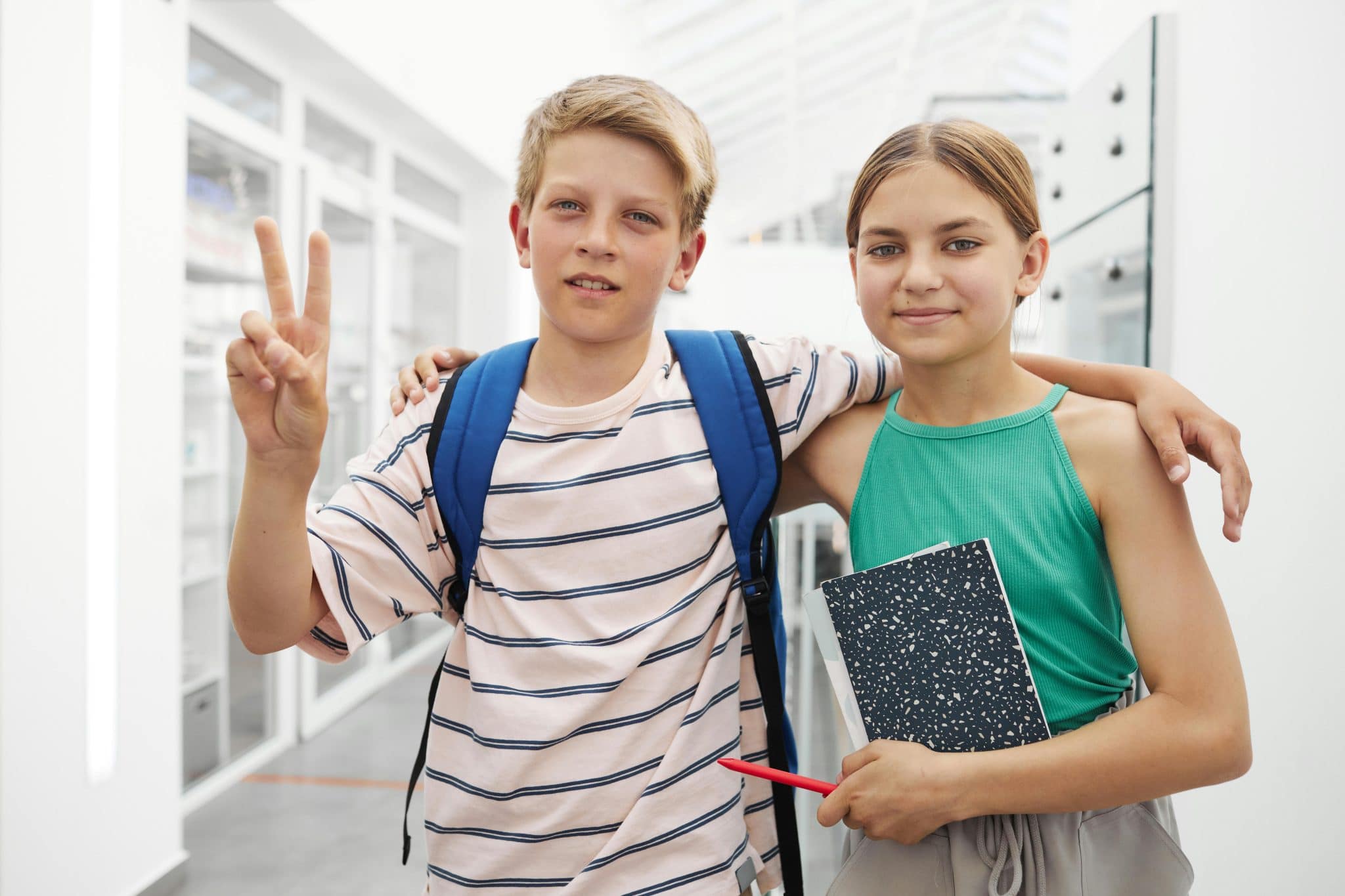Positive Reinforcement: Motivating Students to Succeed
In today’s fast-paced educational environment, it can be challenging to motivate students to succeed. As educators, we often focus on academic performance and results, but sometimes overlook the importance of positive reinforcement. Positive reinforcement is a powerful tool that can help students develop a sense of purpose, boost self-esteem, and increase motivation to achieve their goals. In this article, we’ll explore how positive reinforcement can be used as a tool to motivate students to succeed.
Understanding Positive Reinforcement
Positive reinforcement is a behavioral theory that suggests that desired behaviors can be encouraged by providing positive consequences. The concept was first introduced by B.F Skinner, who believed that positive reinforcement could shape an individual’s behavior. In simpler terms, positive reinforcement refers to the act of rewarding students for exhibiting good behavior or achieving specific goals.
The Power of Positive Reinforcement in the Classroom
Positive reinforcement has been proven to be an effective tool for motivating students in the classroom. It works by creating a motivating environment where students are encouraged to succeed rather than feeling pressured or criticized for not meeting expectations. When students are rewarded for their efforts and progress, they are more likely to work harder and stay motivated to achieve their goals.
Boosts Self-Esteem
Positive reinforcement can play a vital role in boosting students’ self-esteem. When students are praised and rewarded for their achievements, they feel a sense of accomplishment, leading to increased confidence and self-esteem. This, in turn, leads to a positive outlook towards learning, making them more likely to put effort into their studies.
Develops a Sense of Purpose
For students, having a sense of purpose is crucial in their academic journey. Positive reinforcement helps students to understand the importance of their actions and how it contributes to their success. By setting achievable goals and rewarding students for reaching them, teachers can help develop their students’ sense of purpose, which encourages them to strive and succeed.
Encourages Positive Behavior
Increased motivation and self-esteem are not the only benefits of positive reinforcement. Students who receive positive feedback and rewards are more likely to exhibit positive behavior in the classroom. This can lead to a better learning environment, improved relationships between students and teachers, and a more positive learning experience for all.
Practical Ways to Use Positive Reinforcement
Now that we understand the benefits of positive reinforcement in motivating students, let’s look at some practical ways to incorporate it in the classroom:
Create a Reward System
One of the most effective ways to use positive reinforcement is by creating a reward system in the classroom. This can be something as simple as giving out stickers or tokens for good behavior or academic achievements. When students collect a certain number of rewards, they can trade them for a larger reward, such as extra recess time or a small prize.
Provide Individualized Feedback
Every student is unique, and their motivations may differ. Teachers should take the time to understand their students and provide customized feedback and rewards. For example, a shy student may prefer a private word of praise from the teacher, while an extrovert may appreciate public recognition in front of the class.
Set Realistic Goals
Setting goals that are too high or unrealistic can have the opposite effect on students’ motivation. When students constantly fail to meet expectations, they can become discouraged and lose motivation. Teachers should set achievable and realistic goals for their students, and provide positive reinforcement when these goals are met.
Conclusion
Positive reinforcement is a powerful and effective tool that can significantly impact students’ motivation and success. By creating a positive and encouraging classroom environment, setting achievable goals, and providing individualized feedback, teachers can use positive reinforcement to motivate students to succeed. Let’s remember that every student has the potential to excel, and positive reinforcement is a key to unlocking that potential.










